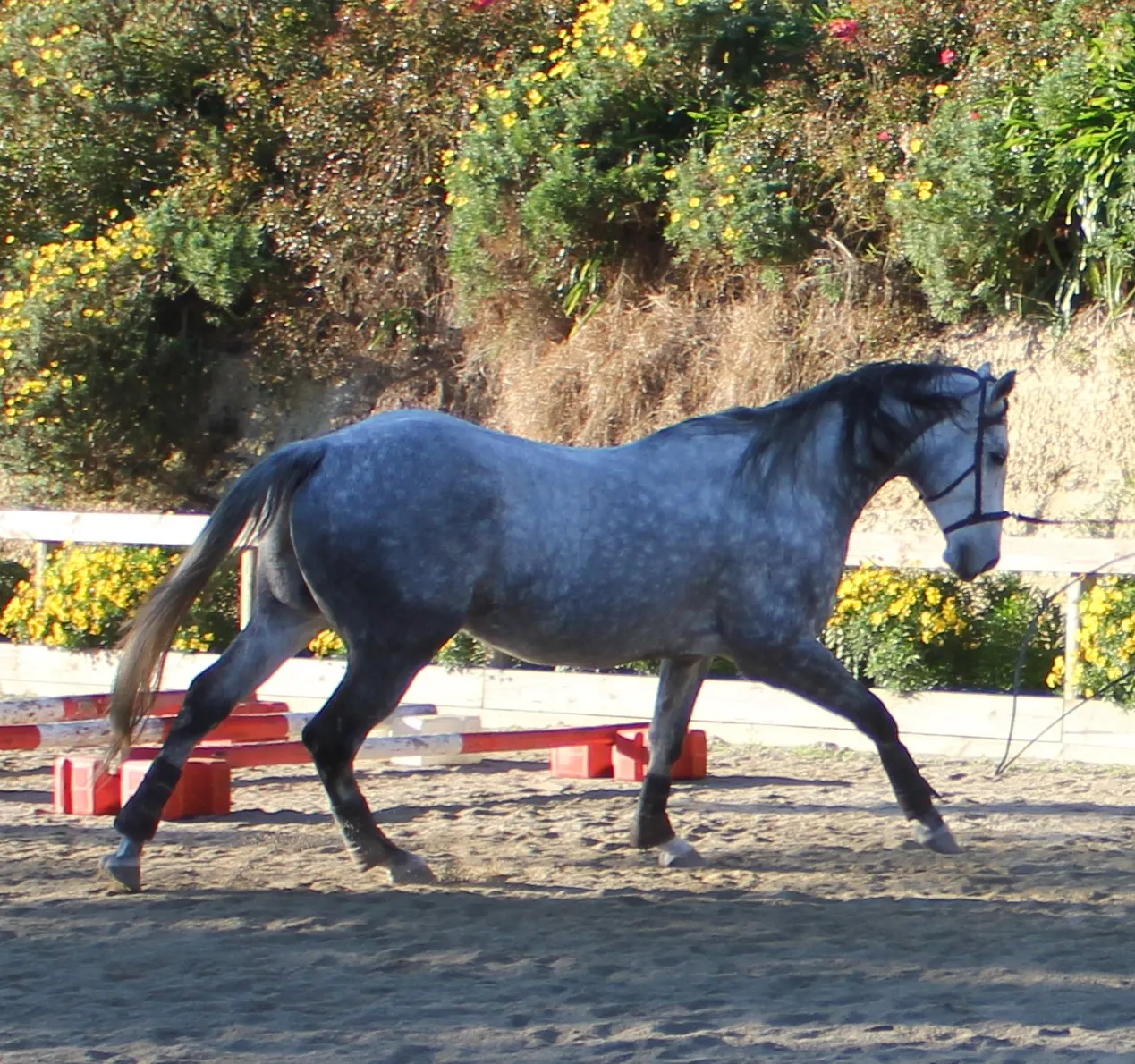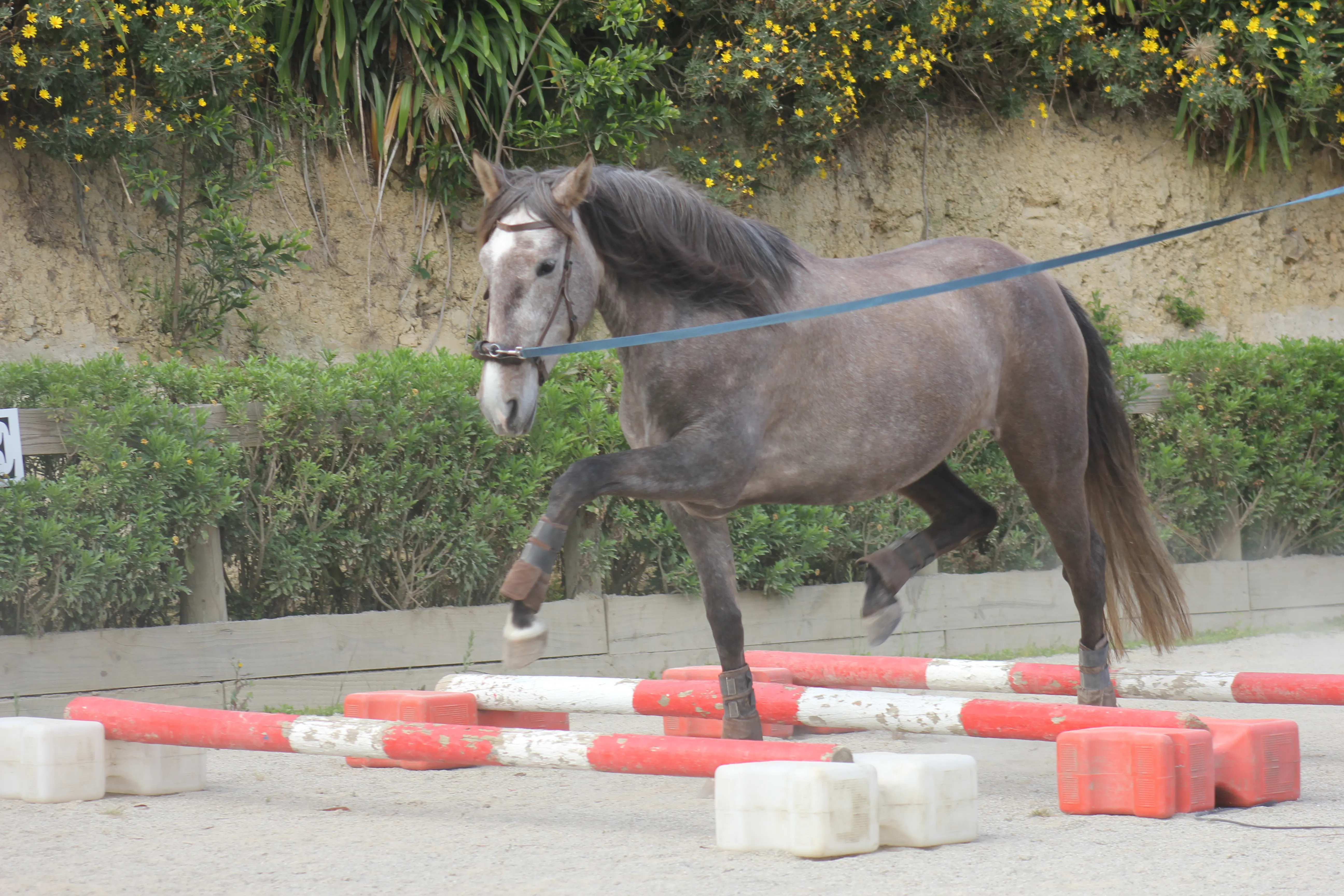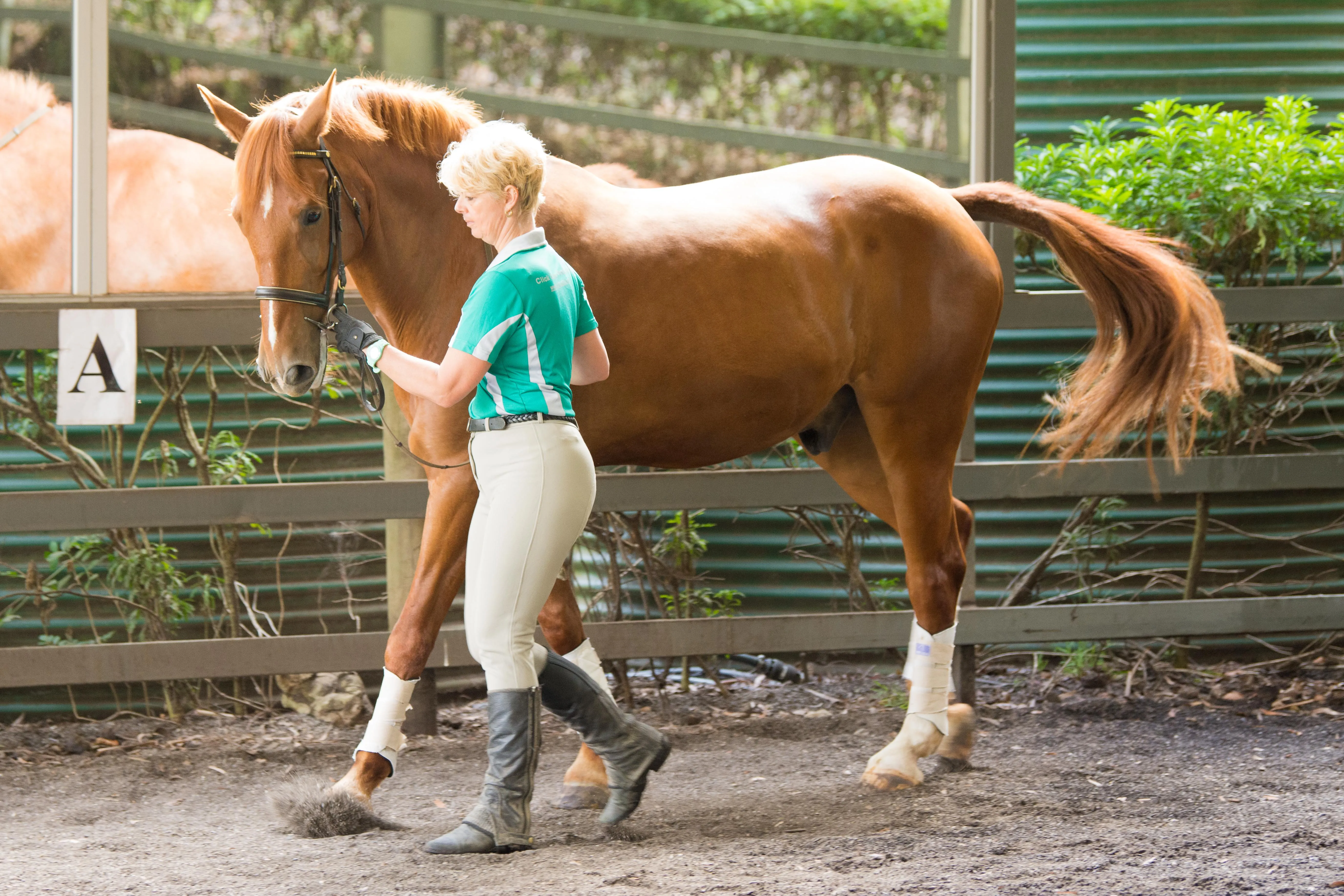The Power of Core Strength: Helping Horses Move, Perform, and Stay Sound
When riders look to improve performance, they often focus on techniques, equipment or training routines. But there’s one foundational element that consistently determines how well a horse moves, performs and stays sound: equine core strength.
Whether it’s dressage, show jumping, eventing or casual hacking, a strong core is what allows a horse to move with balance, flexibility and efficiency. Without it, horses often travel heavy on the forehand, struggle with rhythm and transitions and are more prone to strain and injury.
In this blog, we’ll break down the importance of horse core strength, how it supports topline development, improves movement quality, and reduces impact-related injuries. We’ll also explore treadmill training for horses, and how it can safely build strength and condition — helping horses become more resilient, confident, and capable across all disciplines.

What Is Core Strength in Horses?
The horse’s core includes the deep postural muscles of the abdomen, pelvis, back and thorax. These muscles support the spine, allow for correct posture and help the horse balance itself in motion.
Equine core conditioning focuses on strengthening these internal stabilisers so the horse can carry themselves correctly — lifting through the topline, engaging the hindquarters and reducing reliance on the forelimbs for propulsion.
When the core is weak, the horse’s posture collapses. They become heavier in front, tighter through the back and are more likely to resist contact, hollow their frame or move with tension.
Why Core Strength Matters for Horse Performance
1. Better Topline and Self-Carriage
Core strength directly impacts equine topline development. A horse that can support its own spine will lift through the back and neck, creating a soft, stretchable outline that supports rhythm and elasticity.
This is essential in dressage, where collection and suppleness depend on the horse being able to hold their own frame — not just be held there by the rider.
2. Increased Power and Ground Cover
A horse that engages the core and uses the hindquarters can push forward with more energy, cover more ground, and move with greater freedom. In show jumping, this translates into improved scope, better takeoff and landing, and quicker recovery between fences.
In eventing, a strong core allows horses to balance through terrain changes, manage fatigue and stay mentally and physically organised across all three phases.
3. Reduced Concussion and Risk of Injury
Without proper core support, the horse’s movement becomes unbalanced. They fall into the forehand and hit the ground harder with each step, increasing the risk of leg injuries, joint strain and tendon fatigue.
Strengthening the core shifts the weight back toward the hind end, reducing impact and protecting tendons, ligaments, and joints — helping performance horses stay sound longer.
Signs Your Horse Might Need Core Strengthening
It’s not always obvious when a horse lacks core strength — but there are signs. If your horse:
- Leans heavily on the bridle or contact
- Struggles with upward or downward transitions
- Rushes fences or trips frequently
- Travels with a tight or hollow back
- Finds it difficult to bend or stay straight
- Shows uneven movement or mild lameness
- Difficulty in lateral work or collected movements
…then poor core conditioning might be a root cause. These aren’t always behavioural issues — often, the horse is physically compensating for postural weakness and imbalance.

Understanding Balance:
Longitudinal vs. Lateral
A well-balanced horse isn’t just about staying upright.
Two types of balance matter for performance:
Longitudinal balance (front to back) allows the horse to stay uphill and carry more weight behind, making transitions, jumping, and collection easier.
Lateral balance (side to side) keeps the horse evenly loaded on both sides — crucial for straightness, bending and symmetry in movement.
Both types of balance depend on — you guessed it — core stability.
How Treadmill Training Supports Core and Postural Development
One of the most effective and low-impact ways to develop a horse’s core is through equine treadmill training. When used as part of a structured fitness program, a treadmill allows the horse to:
- Strengthen their core and topline in a controlled environment
- Improve rhythm, symmetry, and coordination
- Support bone, tendon, and ligament conditioning
- Maintain cardiovascular fitness without mental overload
The treadmill removes variables like inconsistent surfaces, rider balance, or distractions — making it ideal for rehabilitation, young horses or those returning to work after a spell.
It can also target postural development more precisely than saddle-based training. Horses learn to move forward in correct alignment, using the correct muscles — not overcompensating with the front end.
Small Details, Big Impact:
The Value of Daily Individual Attention
Developing core strength and balance doesn’t come from one session a week — it comes from consistent, well-managed work over time. This is where individualised horse conditioning programs make a huge difference.
Horses benefit most when:
- Their movement is observed daily
- Work is adjusted based on progress or soreness
- Sessions are short, progressive, and positive
- Subtle imbalances are picked up before they become problems.
Building the Best from What They Were Born With
Not every horse has the conformation of a Grand Prix athlete. But with correct core development and conditioning, every horse can improve how they carry themselves, how they move, and how long they stay sound.
This work doesn’t try to turn horses into something they’re not. Instead, it helps maximize their natural ability — whether that means moving up a level, staying sound for another season, or simply making the ride easier and more comfortable for horse and rider.

Final Thoughts:
Invest in the Core, Reap the Rewards
Developing a horse’s core strength is one of the smartest and most effective ways to improve their performance, comfort and career longevity.
Whether it’s through in-hand work, targeted exercises or structured treadmill conditioning, strengthening the core helps the horse:
Move with more balance and softness!!
- Reduce the risk of injury and overuse strain
- Carry themselves more efficiently — making every ride smoother
- Build a stronger topline and healthier posture
Riders and trainers who prioritise core development often find that everything else — from transitions to jumping form to dressage scores — gets easier.
Because when a horse moves better, everything improves.
